Underfloor Heating for Kitchens
Of all the rooms in your home, the design of your kitchen is perhaps the most crucial to get right. In addition to choosing fixtures and fittings that reflect your taste and suit how you will use the room, it is also important to install an efficient heating system to create a warm and cosy space.
Warm water underfloor heating (UFH) offers you complete design freedom without the restrictions of radiators. It offers the comfort of warm floors underfoot and is an ideal, efficient heating system for areas where wall space is at a premium. If your kitchen opens out onto outside area, perhaps through bifold doors, even designer radiators can prove difficult to accommodate and may struggle to keep the room warm.
Whether you are extending, renovating or building from scratch, underfloor heating works best when the interior design is reflected in the UFH design. Here are some top tips to help you get the most from underfloor heating in your kitchen:
Consider your kitchen units
Good underfloor heating design will take into account the position of your fixed and portable kitchen units.
Warm water UFH works by pumping a controlled flow of warm water through tubing embedded in the floor, warming the surface of the floor above it. This emits an even, gentle heat into the room.
Anything that is directly above the embedded tubing – including your kitchen units – will be warmed by the UFH. This doesn’t cause a problem if you are not storing food in your kitchen units, and good system design will ensure that the temperature of designated food storage areas is not affected.
Video: Everything You Need to Know about Underfloor Heating
A good supplier will work with you to design a tube layout that runs around any fixed units rather than under them. This will ensure that storage areas are not being warmed by the UFH, and the heat is emitted directly into your room.
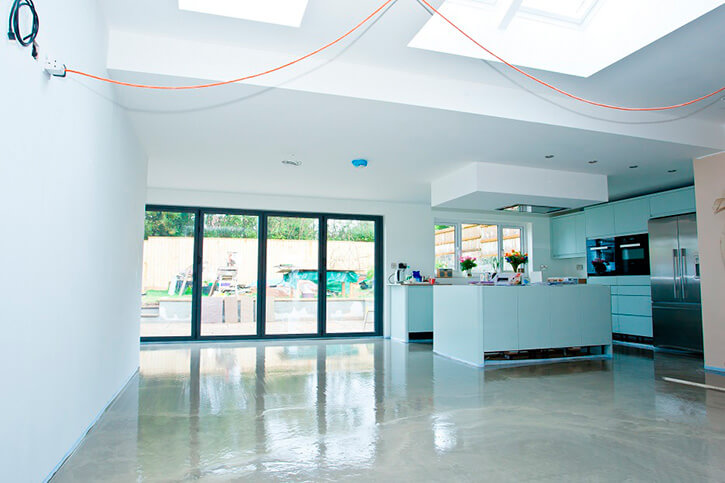
UFH after the screed has been applied – ready for the final floor covering when dry
However, if you have portable units and islands, or are considering changing the layout of your kitchen in the future, it is best to run the UFH tubing across the whole floor. This avoids the risk of creating cold spots where your units used to be. The base of your kitchen units can easily be insulated to ensure that their contents are not warmed.
Choose compatible floor coverings
Hard floor coverings such as tiles and engineered timber are a stylish and practical choice in kitchen areas, but they can feel cold underfoot if they are not paired with a suitable heating system. UFH delivers an efficient, even heat across the entire floor.
Underfloor heating is compatible with a wide range of popular kitchen floor coverings, including engineered timber, tiles, vinyl, laminate and polished concrete. A floor temperature sensor can limit the heat output from the floor to protect sensitive floor coverings.
UFH & Renovation projects
If you are planning to retrofit underfloor heating into your existing kitchen, you’ll be pleased to hear that there is no need to dig up your floor. UFH can be fitted directly on top of an existing floor to minimise disruption to your fixtures and fittings.
Make sure you consider the full height build-up, including any structural decks that may need to be laid over the UFH before your floor coverings can be fitted. A range of options are available to minimise this effect. For example, Nu-Heat’s LoProTM range includes two low profile systems that add as little as 15mm height build-up and floor coverings can be laid directly on top.
Choose a good supplier
A good supplier will ensure that your UFH system is designed to work with your room layout and chosen floor coverings to provide an efficient, controllable heat.
Content supplied by Nu-Heat, which provides bespoke UFH setups for self-builders and renovators. Its team will work with you to provide an energy efficient, cost effective underfloor heating system that matches your exact requirements.
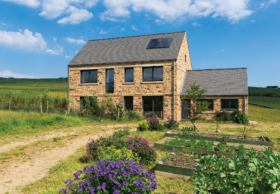





























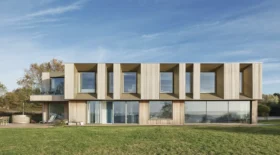






























































 Login/register to save Article for later
Login/register to save Article for later



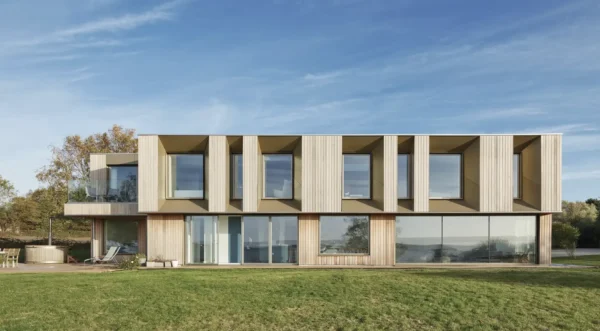
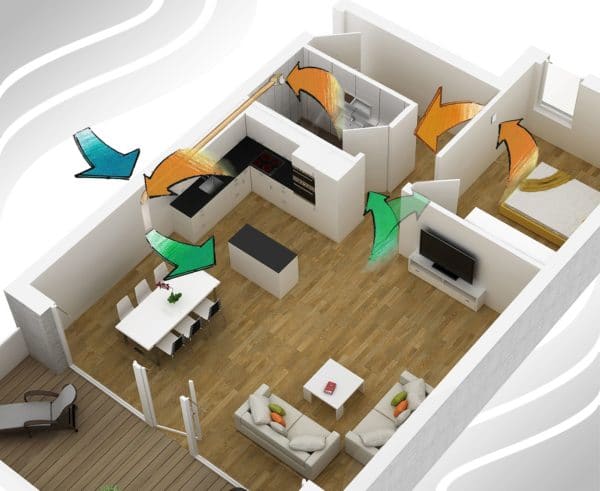

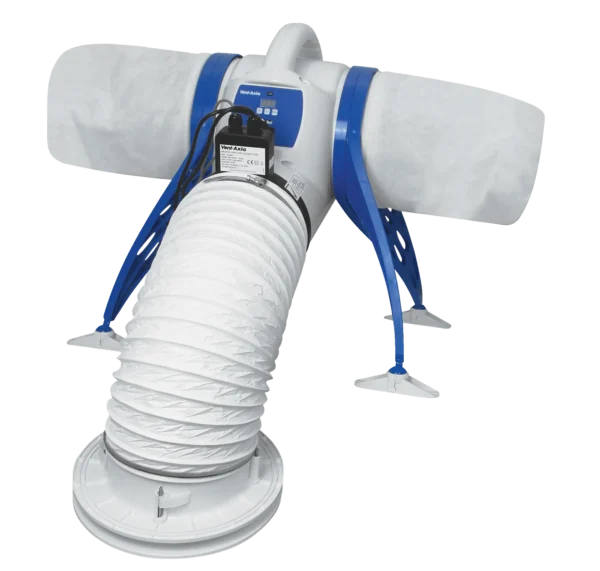





Comments are closed.